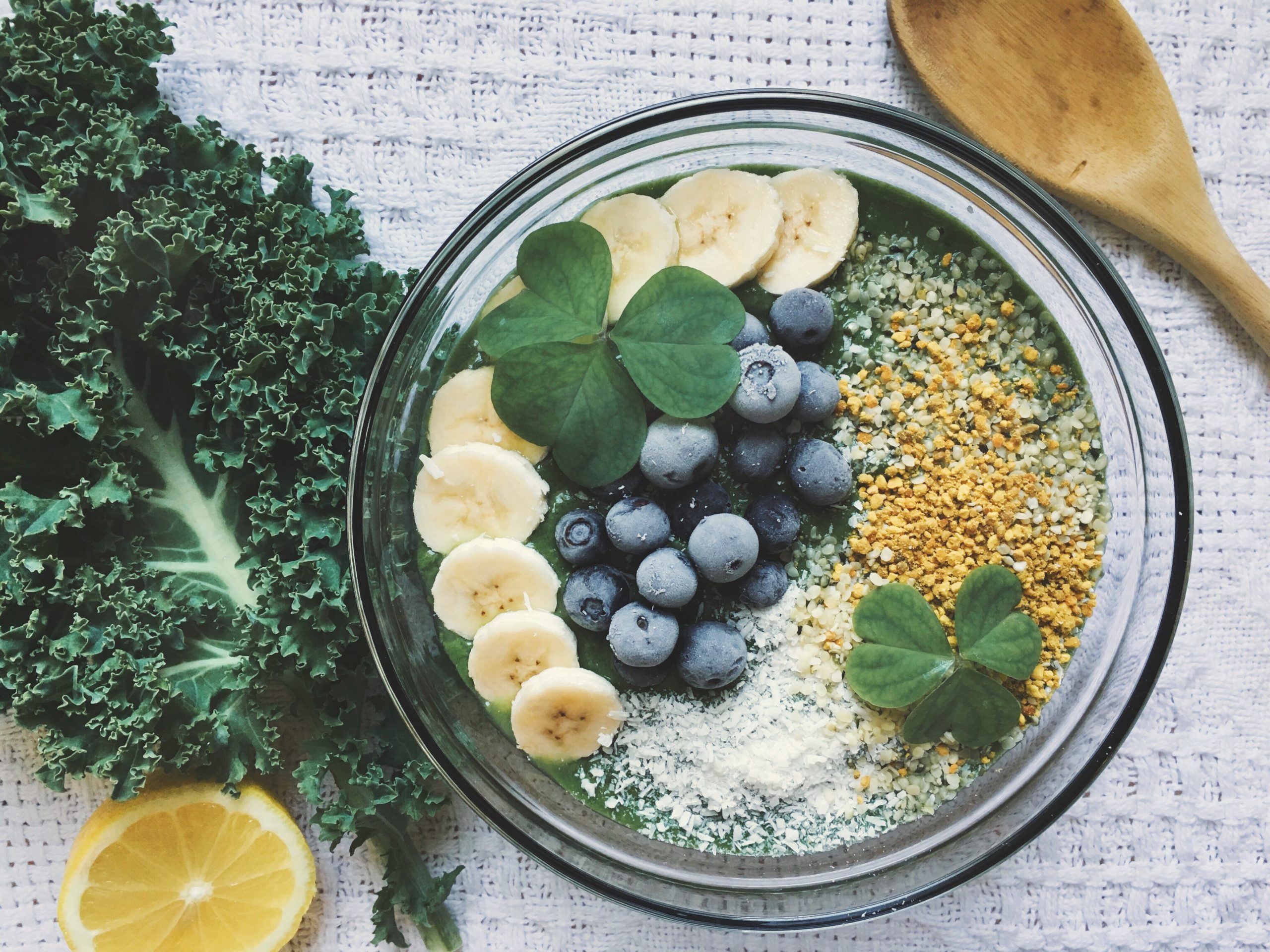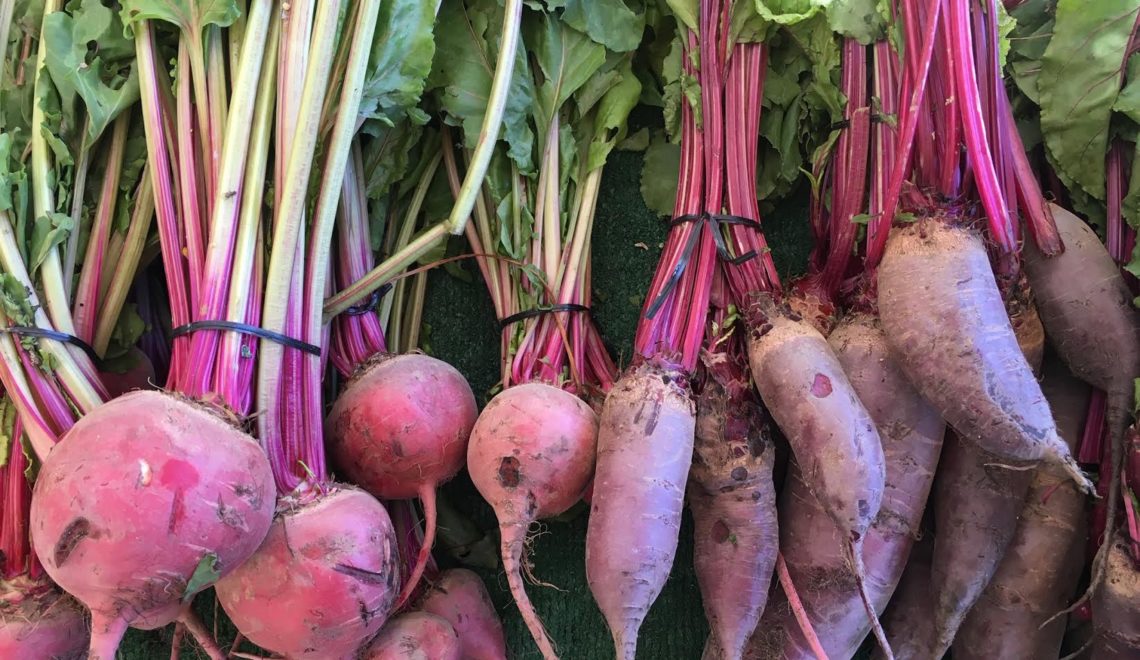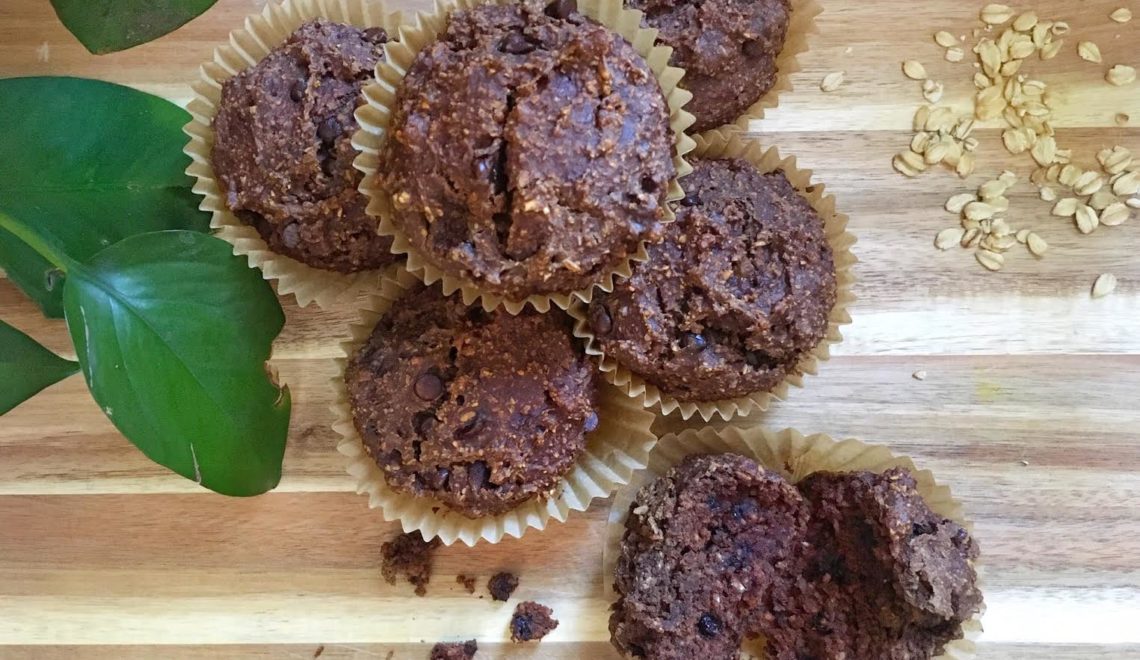Herbs 101: The Essence of Thyme
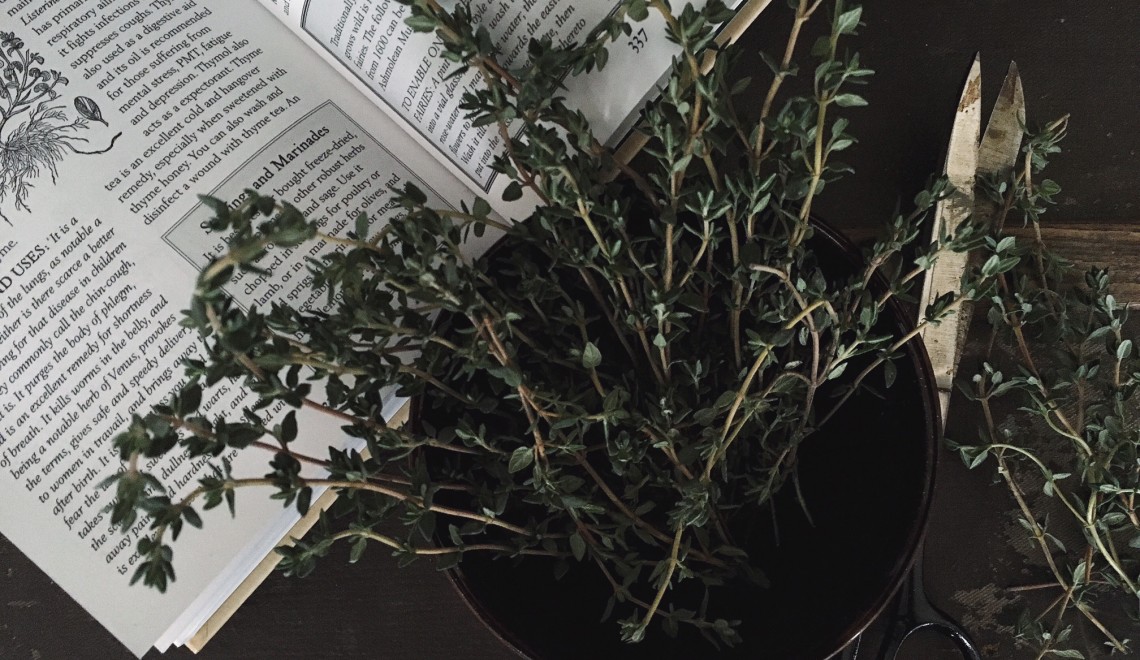
It is said that wherever thyme (Thymus Vulgaris) grows wild the ground is blessed by the fairies. If you’ve ever happened upon a patch of the pungent little plant you can certainly see why it would be related to these magical characters. This aromatic herb, which is a member of the mint family, with its small greyish-green leaves, is native to the mountains and hillsides of Spain and the Mediterranean. It was originally named by the Greeks and taken from a word meaning “to fumigate,” and was used in both purification rituals and as offerings to the gods. Thyme is still widely used in aromatherapy, among other things, as a way to dispel fatigue, depression and aid in a peaceful night’s sleep.
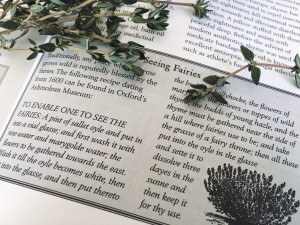
Beauty & Aromatherapy:
- A few drops in a diffuser placed in your bedroom at night just might help fight infection and suppress coughs.
- You can also bundle a few sprigs of thyme with sage, lavender or rosemary, hang to dry. and burn as incense.
- Add a few drops of essential oil to your bathwater to help ease sore muscles. or make your own body oil infusion with jojoba, or oil of choice, with a few drops of warming thyme oil.
Healing:
Good from the inside out. Thyme has been traced back to c.3000 BCE as a powerful antiseptic and disinfectant. Thyme tea has been used throughout the ages as a comforting cold (or hangover) remedy, as well as a disinfectant for wounds, and as a household cleaner for floors and counter tops.
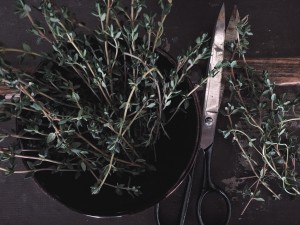
Simply add a handful of fresh thyme to 2 cups boiling water. Cover and let rest for 15-30 mins. Strain. Cool and use as needed.
Add a tablespoon of honey to a cup of thyme tea and sip while you clean!
Culinary:
Don’t let this precious little herb fool you. It holds it’s own in the kitchen, too. Thyme is used primarily in slow cooked meals, since it does not tend to lose its flavor after hours of roasting or simmering. Needless to say, it is also a great way to liven up homemade salad dressings and pasta dishes.
NOTE: Check out our previous post in our “Herbs 101:” series.

